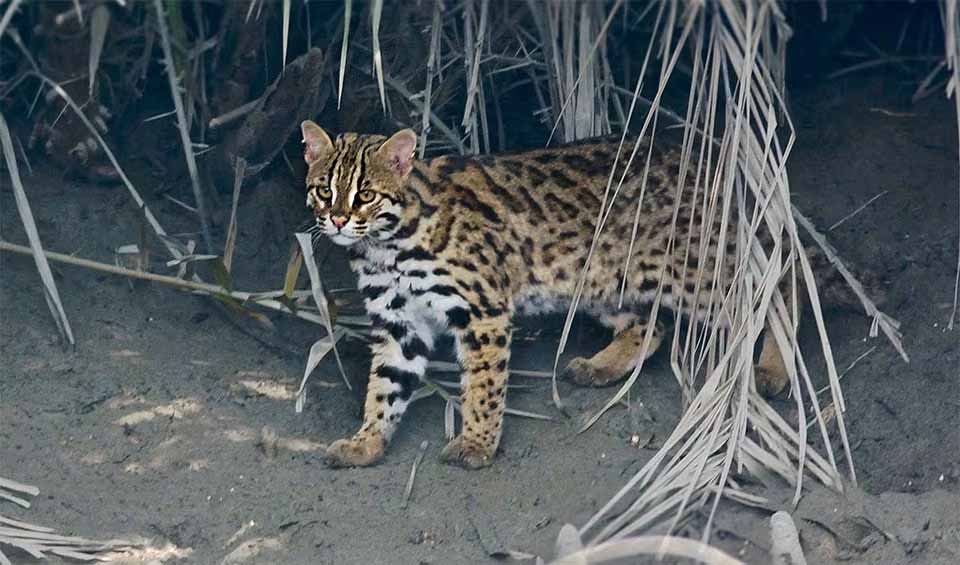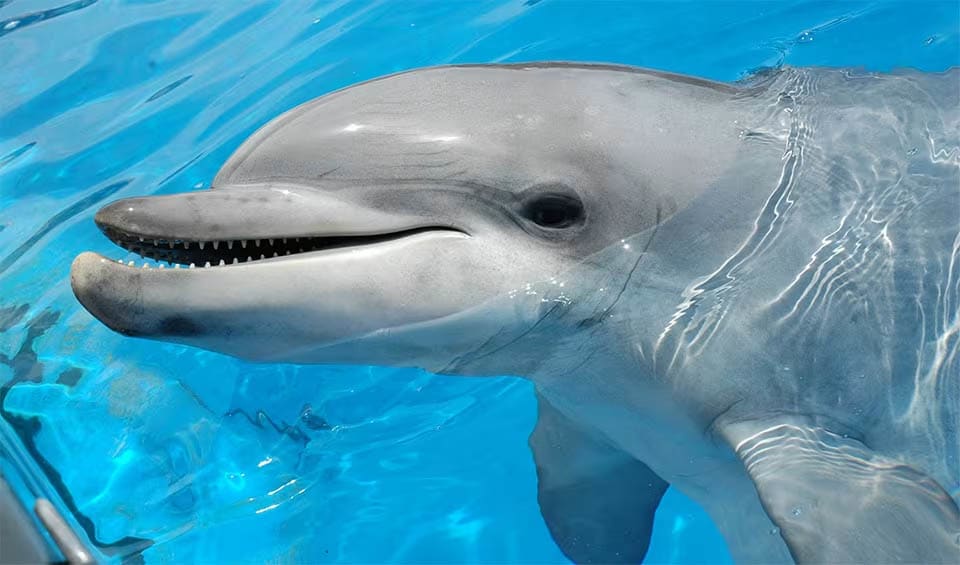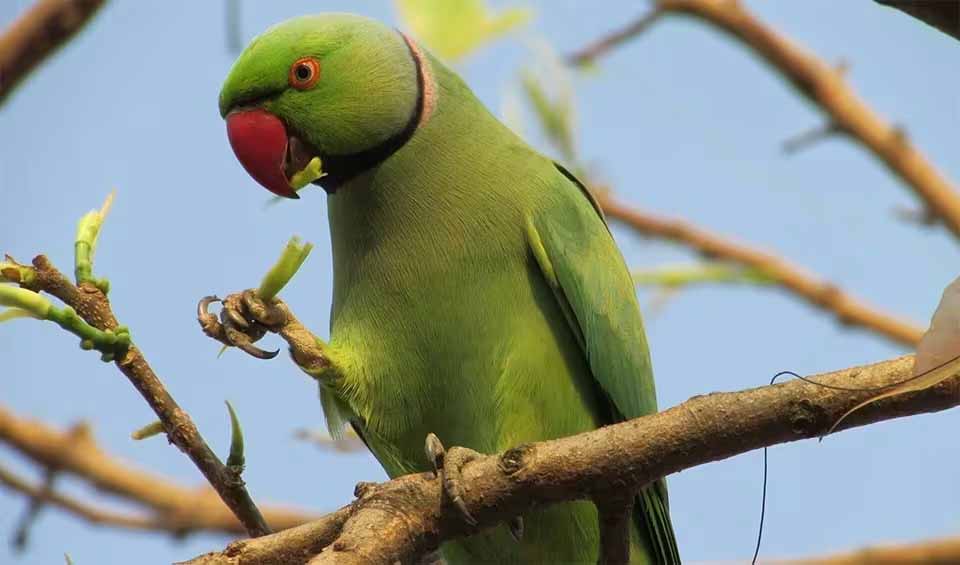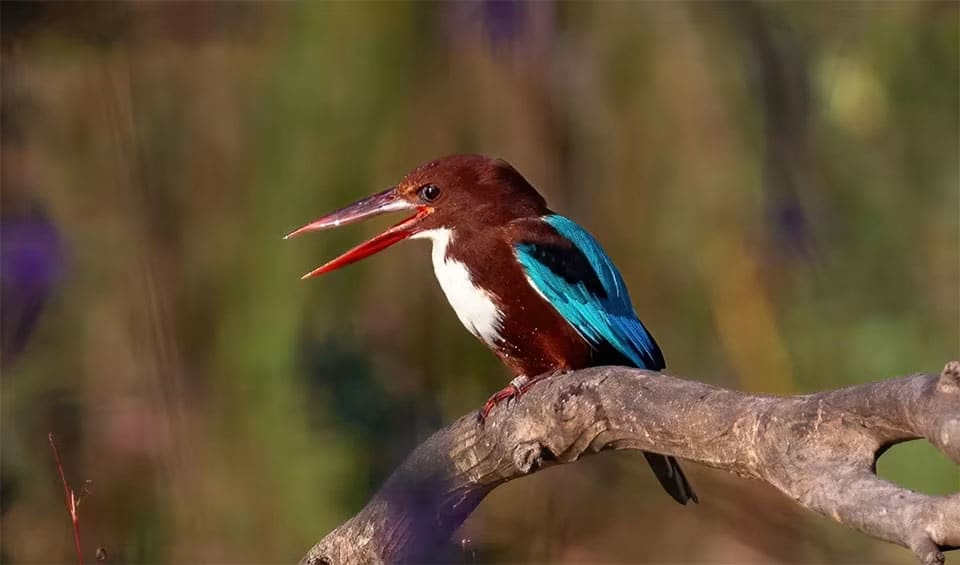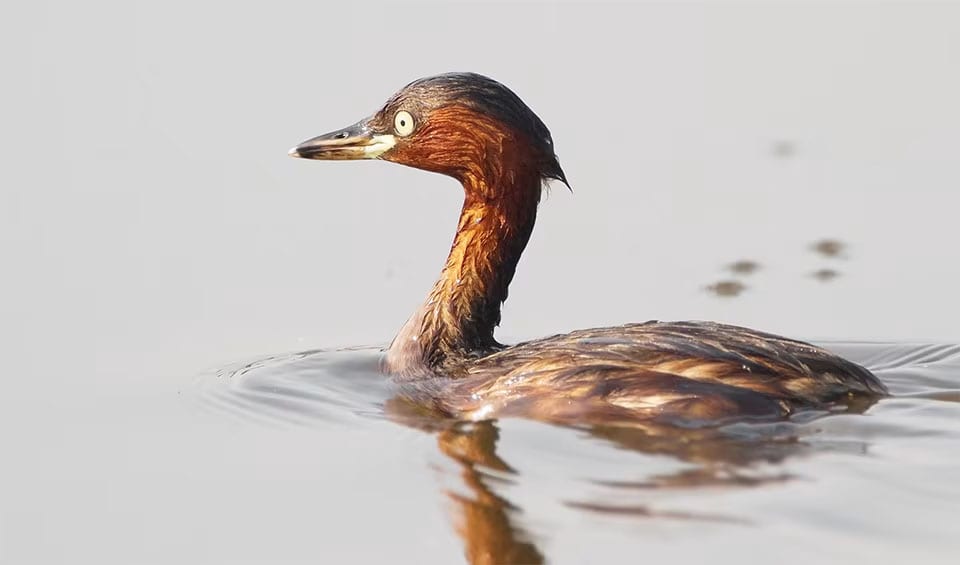Macau, officially known as the Macao Special Administrative Region of the People’s Republic of China, is a small, densely populated region located on the southern coast of China. The South China Sea borders it to the south and west, and it lies across the Pearl River Delta from Hong Kong to the east. Covering an area of approximately 115.3 km² (44.5 mi²), Macau is known for its unique blend of Portuguese and Chinese cultures, a legacy of over 400 years of Portuguese colonial rule.
Macau experiences a humid subtropical climate, characterized by hot, humid summers and mild winters. The region is subject to monsoon influences, with the wet season occurring from May to September and the dry season from October to April. Typhoons can occasionally affect Macau, especially during the late summer and early autumn months. Topographically, it is largely flat, with its landscape consisting of reclaimed land, narrow coastal strips, and a few hills. The region is divided into the Macau Peninsula, Taipa, and Coloane, with the latter two connected to the peninsula by bridges and causeways. The extensive land reclamation projects have significantly expanded Macau’s territory over the years.
Four pillars elaborated:
Protected Planet reports that there are no officially designated protected areas in Macau, meaning that there are currently no natural areas that are officially safeguarded. However, the city has established a system for preserving its cultural heritage, which includes designated buildings, zones, and buffer zones. Despite its small land area, Macau remains committed to preserving biodiversity and actively participates in conservation efforts. In fact, the city has implemented various initiatives to conserve its natural resources and promote sustainable tourism. Land Management
Land Management
Air pollution is a significant issue not only in Mainland China but also in Macau. While much of Macau’s pollution stems from the mainland, local sources contribute as well, including power plants, waste incinerators, and sewage treatment facilities. Additionally, the swift expansion and industrialization of the Chinese economy have led to considerable ecological challenges. This growth has caused substantial ecosystem disruptions, leading to land degradation, destruction of vegetation, and a loss of biodiversity. These environmental pressures underscore the need for effective habitat restoration policies to mitigate damage and preserve natural habitats. Threats to Biodiversity
Threats to Biodiversity
Macau’s government has taken an active role in promoting conservation and addressing biodiversity issues in various ways. One such effort includes the ecological restoration of mountain forests, where over 120,000 saplings of native tree species have been planted to rejuvenate the local ecosystem after typhoon damage. Another initiative is the conservation of mangroves, which are crucial in maintaining the natural diversity of the coastal ecosystem in places like Taipa and Coloane. Capacity and Governance
Capacity and Governance
The city’s urban planning also includes the creation of wetland ecological ponds, country parks, and small urban parks to support urban biodiversity. In addition, there is a focus on scientific research and public education to raise awareness about the importance of biodiversity conservation. Finally, as part of the Guangdong-Hong Kong-Macao Greater Bay Area, Macau is collaborating with other regions to enhance ecological corridors and biodiversity protection networks across the area.
Macau acknowledges the significance of its biodiversity and has undertaken several measures to safeguard its natural habitats. These efforts include the establishment of protected areas, the adoption of sustainable land use practices, and initiatives to enhance public awareness about conservation. The Macau Urban Master Plan 2040 integrates biodiversity priorities into the city’s development agenda. This strategic plan focuses on preserving natural habitats, promoting green infrastructure, and improving the city’s ability to withstand climate change impacts, ensuring that development and environmental preservation go hand in hand. Future Trends
Future Trends
Biodiversity
Macao’s natural habitats are primarily coastal and include mangroves, mudflats, and small patches of subtropical forest. These ecosystems support a variety of flora and fauna despite the region’s limited land area. The mangrove forests, found in areas such as the Coloane Island, play a crucial role in coastal protection and provide habitats for numerous species of fish, crustaceans, and birds. Common species found in these mangroves include mudskippers, crabs, and various mollusks.Birdlife in Macao is particularly noteworthy, especially given its location along the East Asian-Australasian Flyway, a major migratory bird route. Wetlands and coastal areas serve as important stopover points for migratory birds. Species such as the black-faced spoonbill, which is endangered, can be observed in these areas, alongside other waders and shorebirds. The Seac Pai Van Park on Coloane Island is another important area, offering a habitat for local bird species and some mammals.
In the table below are the number of known species in several main groups, how many of these species are Threatened with extinction, and how many of them are Endemic (unique to Macao only):
| Species (World rank) |
Threatened | % Threatened | Endemic | % Endemic | |
|---|---|---|---|---|---|
| Mammals | |||||
| Birds | 40 (#206) | 4 | 10.0% | ||
| Reptiles | 2 (#208) | 1 | 50.0% | ||
| Amphibians | 5 (#162) | ||||
| Fishes | 146 (#170) | 35 | 24.0% | ||
| Plants |
mammals
Leopard cat
A skilled predator with a unique coat and playful personality
Common bottlenose dolphin
Known for their acrobatic leaps, twisting and turning gracefully as they jump completely out of the water
birds
Rose-ringed parakeet
If you ever forget the tune of a song, don’t worry; this bird has your back
White-throated kingfisher
These birds are quite chatty, and their sounds are like a strong and determined rattling laugh
Little grebe
This cute and small bird is one of the most elite hunters below the water’s surface
National Animals
Giant panda
The fading black and white bears of the bamboo forests
